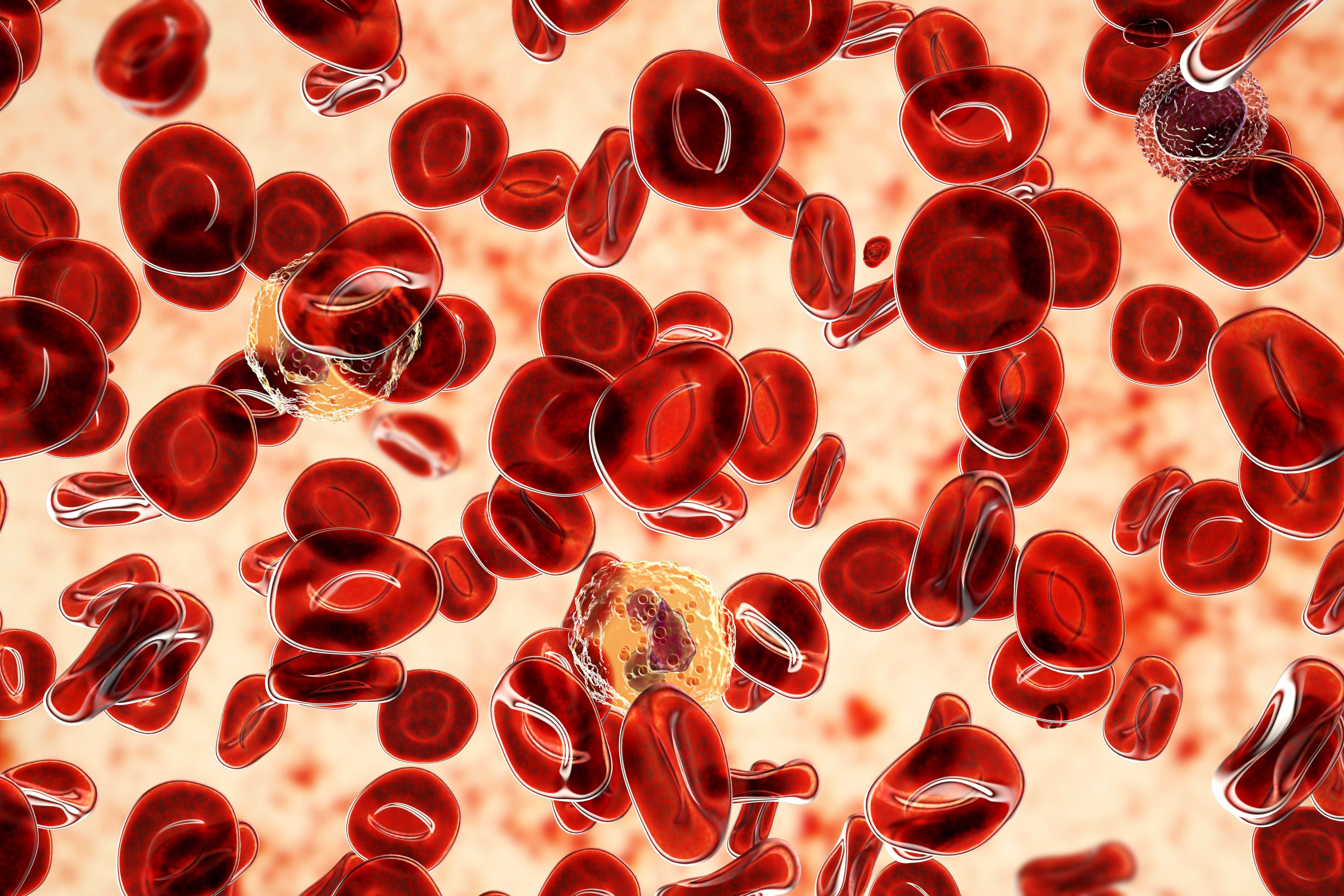Article
Chronic Transfusion Therapy for Sickle Cell Burdens Patients, Families, Study Says
Author(s):
A new study based on interviews with families and patients undergoing chronic transfusion therapy for sickle cell disease finds that the therapy affects the families in ways that extend beyond health.
The families of children who undergo chronic transfusion therapy (CTT) for the prevention of complications from sickle cell disease (SCD) face a significant burden and would benefit from support from health care providers and schools, according to a new study.
The research, published in BMC Pediatrics, is based on interviews with 15 parents of children under the age of 18 as well as 9 children between the ages of 12 and 18.
CTT can provide life-changing benefits for children with SCD. It has been found to prevent stroke and recurrent silent cerebral infarcts, and can also reduce recurrent acute chest syndrome events and pain-related hospitalizations, according to corresponding author Nitya Bakshi, MD, a pediatric hematologist/oncologist at Emory University and Children’s Healthcare of Atlanta, and colleagues.
In addition to those benefits, however, the therapy can also lead to complications, including transfusional iron overload and red cell alloimmunization, as well as transfusion reactions and the risk of contracting an infectious disease, the authors note.
Despite the trade-offs, parents of children receiving the therapy say it does improve their child’s quality of life.What Bakshi and colleagues wanted to better understand, though, is the harder-to-quantify impacts on the families of these patients.
The interviews showed a number of themes. One is that families and patients have difficulty balancing their work, school, and other life responsibilities while undergoing the therapy. For children with SCD, this can lead to lower educational attainment, Bakshi and colleagues write.
“School absenteeism was a concern for both patients and parents in this study, and may be of importance because illness-related school absences predict academic attainment in some studies,” the authors write.
School attainment can also be affected by the neurological complications of SCD, such as silent strokes. And while CTT can reduce those complications, the school absences it requires might offset some of the academic benefits of the therapy, the authors suggest. Health care providers can help this problem by attempting to find measures to provide CTT in a way that causes minimal school disruptions.
The interviewees also noted a burden associated with chelation, which they say becomes central to a patient’s illness narrative and makes them feel markedly “different” from peers.
“The perceived burden and distress surrounding chelation observed in our study suggests that healthcare providers should specifically address challenges with chelation at outpatient transfusion visits,” Bakshi and colleagues say.
Social support can help improve the burden on patients and families, the authors write, noting that connections with other families going through similar medical situations can be beneficial. The families and patients also reported that over time they begin to get used to CTT, and that the process of “normalization” can help lower the therapy’s burden.
The investigators also suggest that parents may not be fully cognizant of their options when they choose CTT. Bakshi and colleagues write that CTT is often viewed as the only available option for such patients, and that physicians play a key role in advocating for the therapy. This advocacy can have the impact of leaving parents and patients without a full understanding of the therapy, the authors suggest.
“While we did not use a structured survey to assess knowledge of risks and benefits of CTT, to the extent that we were able to ascertain from interviews, adolescent patients with SCD had appeared to have a limited understanding of the risks of CTT, which has also been demonstrated in other studies.”
Bakshi and colleagues conclude that physicians and other stakeholders who have a better understanding of the burdens of CTT can take meaningful steps to relieve some of that burden on patients undergoing the therapy and their families.
Reference
Hawkins LM, Sinha CB, Ross D, et al. Patient and family experience with chronic transfusion therapy for sickle cell disease: A qualitative study. BMC Pediatr. [published online April 18, 2020]. doi:10.1186/s12887-020-02078-w.





